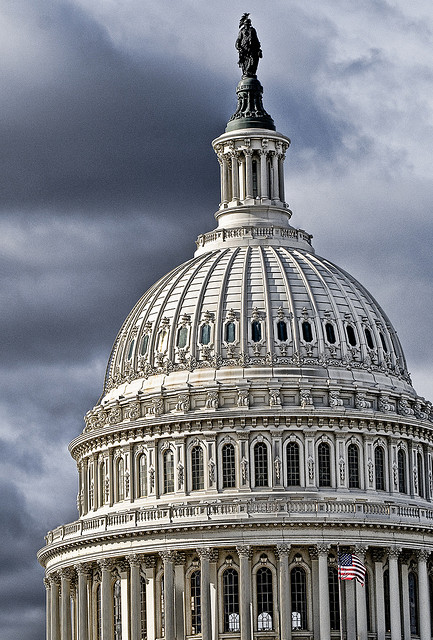Canada Pension Plan Investment Board (CPPIB) CEO Mark Wiseman is leaving his post next week. But he’s using his remaining time to defend his fund’s active investment strategy.
Wiseman and incoming CEO Mark Machin wrote a column in a major Canadian newspaper on Monday defending the fund’s active investment strategy.
Ai-cio.com has the highlights:
“We can say with confidence that our strategy is adding value,” Wiseman and Machin wrote.
Through active management, the incoming and outgoing CEOs said CPPIB has been able to capitalize on structural advantages including its long-term horizon, stable and predictable flow of contributions, and size. Additionally, they said active management has made it possible for CPPIB to address risks such as climate change.
“To ignore these advantages would be the sporting equivalent of benching Sidney Crosby, Connor McDavid, and Steven Stamkos for an Olympic gold-medal hockey game,” they wrote.
While critics have attacked the fund’s increasing costs, Wiseman and Machin argued that these costs need to be examined in the context of the additional long-term returns the fund has generated.
“Active management requires more resources, and therefore more expenses, than a passive strategy,” they concluded. “But we firmly believe that it generates significantly higher risk-adjusted returns.”
Read the column here.
